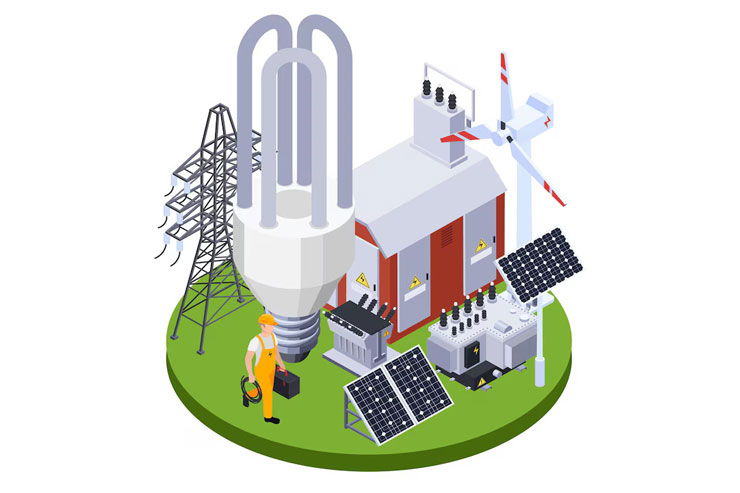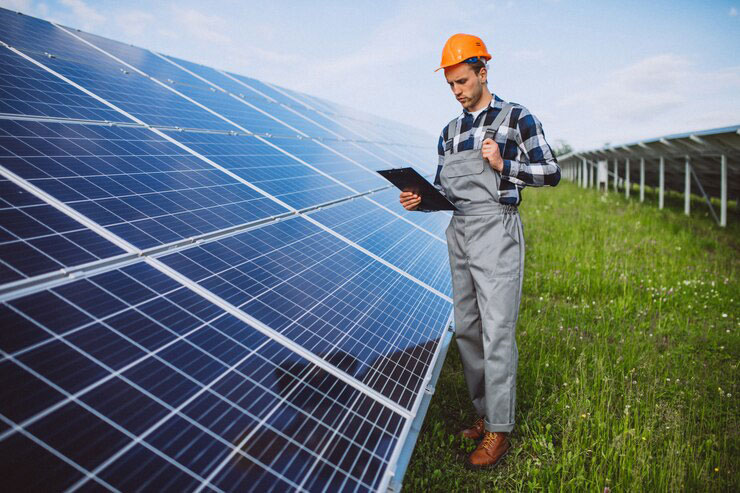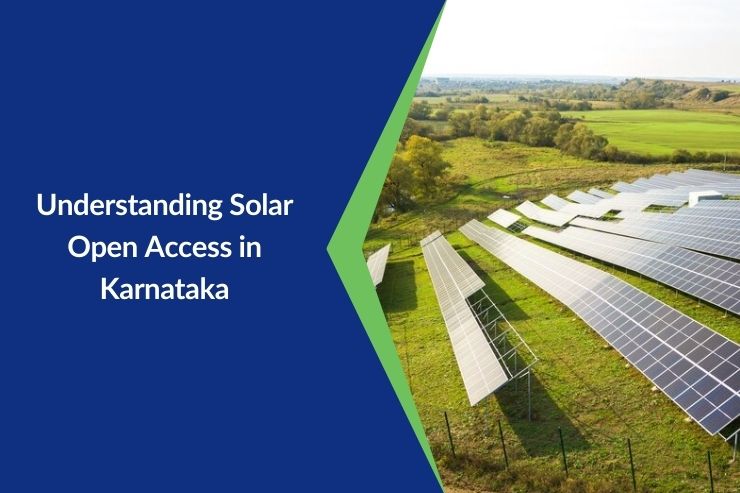In today’s world, there is a growing emphasis on energy making energy storage systems (ESS) increasingly crucial for ensuring efficient energy usage. ESS plays a role in collecting and storing surplus energy generated from sources guaranteeing a consistent and dependable power supply during peak demand periods. This blog delves into the advancements in energy storage technologies and highlights their escalating significance, in the current energy environment.
Understanding Energy Storage Systems
Energy storage systems are tools or collections of tools that save energy for use. They play a role, in maintaining a balance between energy supply and demand ensuring grid stability and incorporating energy sources such, as solar and wind power. Different kinds of energy storage systems exist, each offering features and uses.
Types of Energy Storage Systems (ESS)
Different types of ESS include:
- Battery Energy Storage Systems: These include lithium-ion, solid-state, and flow batteries.
- Thermal Energy Storage: This method stores energy in the form of heat.
- Mechanical Storage: Examples include pumped hydro and compressed air energy storage.
Role in Renewable Energy Integration
Energy storage systems are vital for the seamless integration of renewable energy into the grid. They reduce the intermittent nature of renewable sources by storing excess energy produced during peak times and releasing it when demand is high or production is low.
Recent Advancements in Energy Storage Technologies
Following are the recent advancements in energy storage technologies:
1. Battery Storage Innovations
- Lithium-Ion Batteries: Continuous improvements are being made to enhance the efficiency, lifespan, and safety of lithium-ion batteries. They are currently the most widely used battery for energy storage systems.
- Solid-State Batteries: These batteries promise higher energy densities and improved safety over traditional lithium-ion batteries. They are considered the future of battery storage technology.
- Flow Batteries: Ideal for long-duration energy storage, flow batteries use liquid electrolytes to store energy, making them highly scalable and suitable for large-scale energy storage applications.
2. Alternative Energy Storage Solutions
- Hydrogen Storage: Storing energy in the form of hydrogen presents a promising yet challenging solution. Hydrogen can be produced through electrolysis and used in fuel cells to generate electricity.
- Thermal Energy Storage: This method involves storing energy in the form of heat, which can be used for various applications, including heating, cooling, and power generation.
- Compressed Air Energy Storage: By compressing air and storing it in large underground caverns, this method offers significant potential for large-scale energy storage, especially for grid applications.
The Impact of Energy Storage on the Energy Market
Energy storage has a significant impact on the energy market:
1. Cost Reductions and Economic Viability
The cost of battery production has been steadily decreasing, making energy storage systems more economically viable. This reduction in costs, combined with the economic benefits of ESS, is driving market growth. Energy storage systems can reduce energy costs, enhance grid reliability, and provide backup power, contributing to their increasing adoption.
2. Regulatory and Policy Developments
Government incentives and subsidies are crucial in promoting the adoption of energy storage systems. Many countries have implemented policies to support the development and deployment of ESS. These regulations are shaping the future of energy storage, making it an integral part of the global energy infrastructure.
Case Studies and Real-world Applications
Successful Implementations Around the World
- Tesla’s Powerwall and Powerpack Systems: Tesla’s energy storage solutions have been successfully implemented in various residential, commercial, and utility-scale projects worldwide.
- Energy Storage Projects in Europe and Asia: Numerous energy storage projects have been launched in Europe and Asia, showcasing the global adoption of this technology.
- Community Energy Storage Initiatives: Community-based energy storage projects are gaining traction, providing localised energy solutions and enhancing grid resilience.
Future Trends and Predictions
Technological Innovations on the Horizon
Emerging technologies such as advanced solid-state batteries, next-generation flow batteries, and new hydrogen storage methods are poised to revolutionise the energy storage industry. These innovations could significantly enhance the efficiency, capacity, and safety of energy storage systems.
The Role of AI and Big Data in Energy Storage
AI and big data are becoming crucial in enhancing energy storage management. AI can forecast energy usage trends leading to utilisation of storage systems. Moreover, employing maintenance through AI can enhance the durability and performance of energy storage systems by detecting problems early on.
In essence, energy storage systems are crucial for the advancement of energy in the future. The progress in battery storage solutions for storing energy and technological improvements are propelling the expansion and enhancement of ESS. With decreasing costs and supportive policies these systems will have an impact on shaping an energy landscape.
Frequently Asked Questions (FAQs)
What are energy storage systems?
Energy storage systems (ESS) are technologies that store energy for later use. They help balance supply and demand, stabilise the grid, and integrate renewable energy sources.
What are energy storage systems called?
Energy storage systems can be referred to as ESS, battery storage systems, or simply energy storage.
Why is energy storage important?
Energy storage is crucial for maintaining grid stability, managing energy supply and demand, and ensuring the efficient use of renewable energy sources.
What are the applications of energy storage systems?
Energy storage systems have various applications, including grid stabilisation, renewable energy integration, peak shaving, backup power, and energy arbitrage.
How is the energy stored?
Energy can be stored in various forms, including chemical (batteries), thermal (heat), mechanical (compressed air), and electrochemical (hydrogen).
What are the main objectives of energy storage?
The primary objectives of energy storage are to improve grid reliability, enhance energy efficiency, reduce costs, and support the integration of renewable energy sources.
How does an energy storage system work?
An energy storage system works by storing excess energy produced during periods of low demand and releasing it during periods of high demand. This process helps balance the supply and demand of energy and ensures a stable energy supply.
How does solar power contribute to energy storage?
Solar energy storage plays a role, in the realm of energy by allowing the capture and retention of solar power in batteries or other storage units. This stored energy proves invaluable during periods of production, like nighttime or overcast days guaranteeing a consistent power supply.








